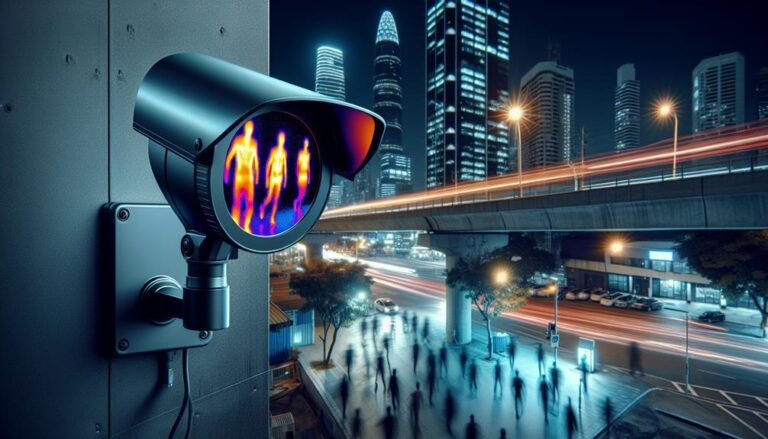All About Thermal CCTV Camera

With a thermal CCTV camera, you can see in complete darkness, fog, or smoke by detecting infrared radiation and capturing heat signatures. This technology provides unparalleled visibility, reduces false alarms, and upholds privacy by focusing on heat rather than visible…